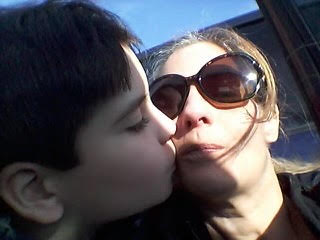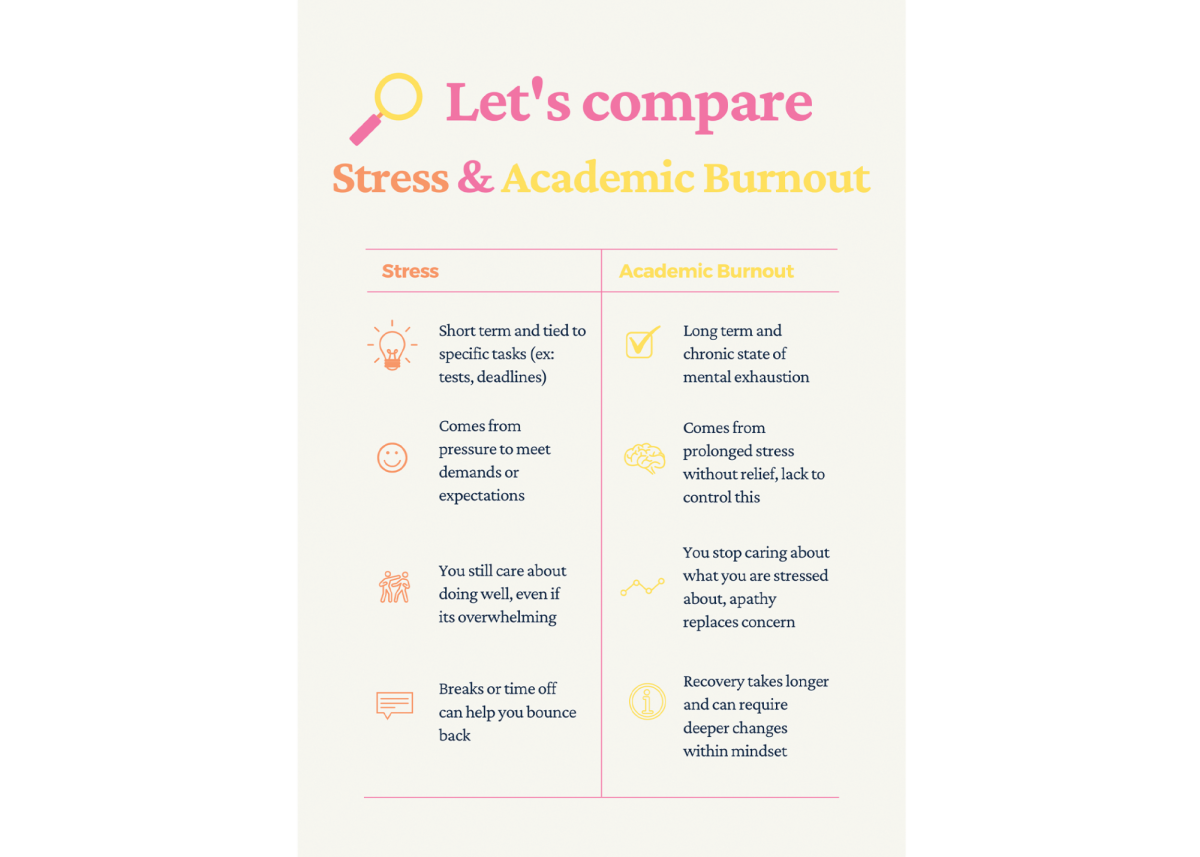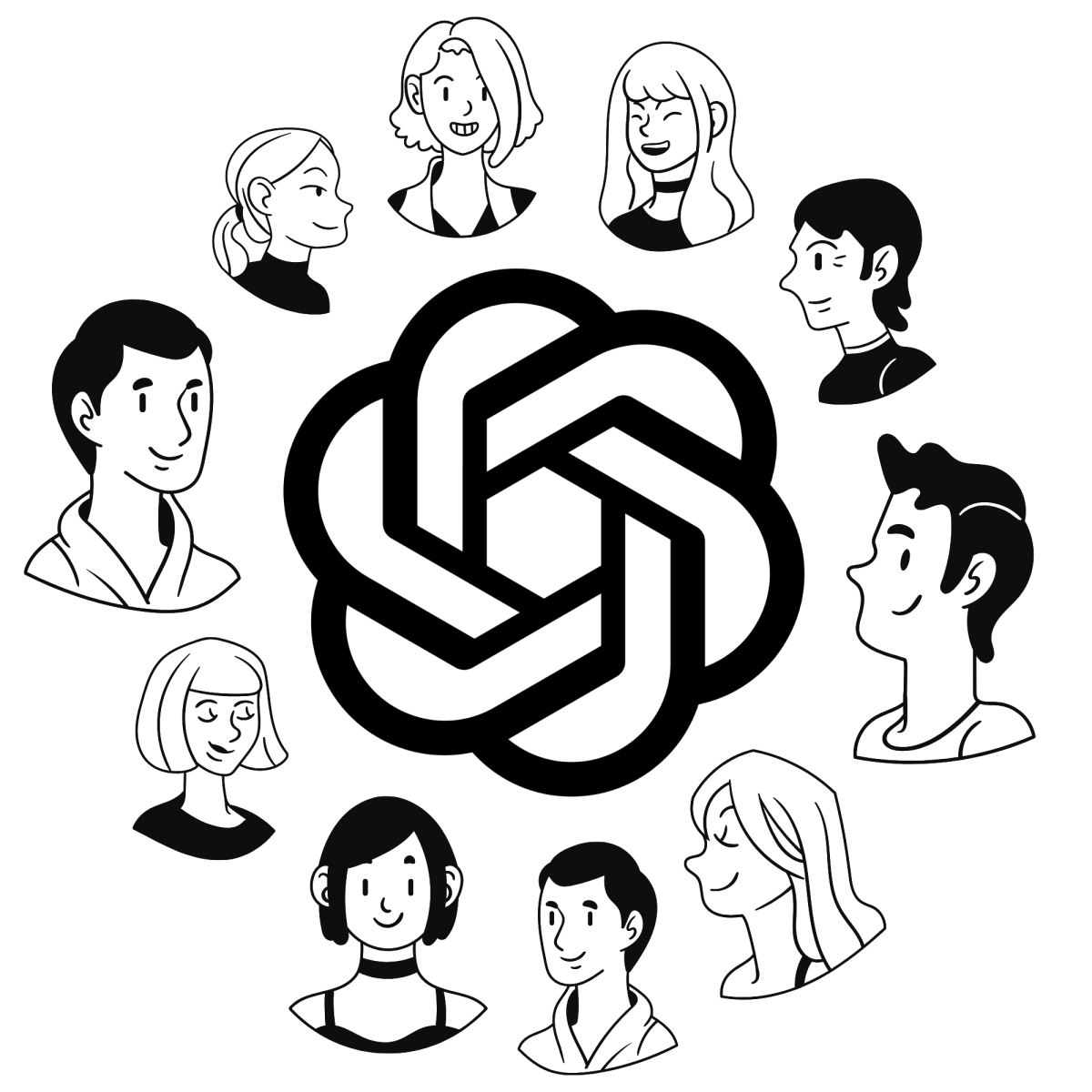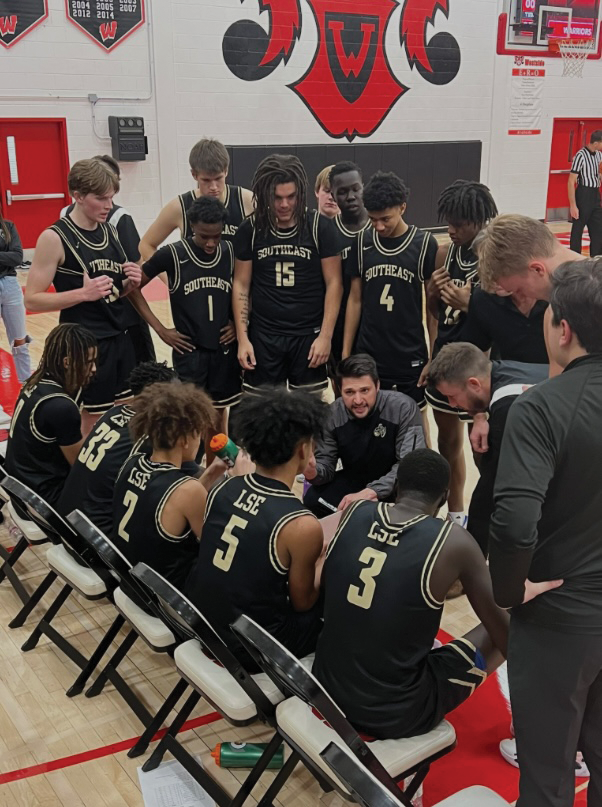Mother: How the meaning of “Mother” has matured and adapted throughout the decades

May 24, 2022
Lincoln Southeast High School (LSE) junior Daniel Massiani Bailey sits on a worn, gray couch with his mother, Toña Maria Bailey Castillo. Surrounding them are plants of all varieties which, according to Daniel, are his “Abuelita’s”. On every table in the room there are photos of family, great grandmas, aunts, nephews, cousins. A picture of Daniel from middle school is seated upon the brick fireplace, along with one of his older brother, Philip, as a young child. Beyond that, the walls are filled with art depicting their country of origin: Venezuela. From the very first step through the door, the aroma of home permeates through the air. This comfortability is due in large part to Maria’s presence. As a single, immigrant mom of two she has had her fair share of struggle in life.
From the beginning Maria didn’t have it easy. Her first child, Philip, came as a surprise when she was 26. Maria had always thought about having kids at some point but not so early.
“I wasn’t prepared at the time but I was pregnant and just accepted that,” Maria said. Unfortunately, there were complications with the pregnancy and a possibility of losing the fetus. Luckily, Philip was born with minor health complications. As he got older, it was determined that Philip was on the Autism Spectrum Disorder. This did not phase Maria– in fact, quite the opposite is true.
“[He] has shown me what really matters, that material things are not important. Humanity and feelings are more important,” she said.
Ten years later baby Daniel was born. With the father being out of the picture and the economic stability of Venezuela on the decline, Maria had to make a choice.
“My [children] were my reason to move to the US,” Maria said. With Daniel’s grandma in tow, they made the long trip to Lincoln, Nebraska. The adjustment to life in America was difficult in all facets, being a mother included.
“Raising a child in America is very different from raising a child in Venezuela. First of all, in Latino communities, families tend to stay in one place; you form a circle of friends, a community,” she said. “Philip was very well accepted by family and friends as a part of the community, even with the problems he has. When we got to America, there was rejection. At school he found rejection, [whether] it be because of his syndrome or the fact that we are immigrants.”
As a mother it was difficult for Maria to see her child ostracized by his peers. It was an unexpected occurrence for her as everyone had been so supportive in Venezuela.
Another difference Maria observed was the role a mother played in the household.
“American moms are more into themselves, their jobs, their responsibility, working hard to make ends meet, while Venezuelan and every Latina mom is more of the emotional type,” she said. “Like a hen with her chicks, we are very protective. Even when they are 20 to 25, we still treat them as babies.”
Maria’s impression of the “American mother” can be traced back to the expectations of the typical post-World War II housewife.
The word mother has not always meant the same thing throughout American history. In the 50’s and before, the word mother meant a very specific thing. Duties such as food preparation and cleaning were always part of the role, plus the obligatory care for their kids. This is in direct contrast to what the role of the father was at the time; go to work and make money to pay the bills. The stereotypical nuclear family can be identified by these key features and thus, was the social standard of the era.
“The Feminine Mystique” is a book written by Betty Freidan and published in 1963. In the book, Freidan defines the term, “Feminine Mystique,” as the assumption that women of the era would be fulfilled by the housewife lifestyle. Freidan criticizes the strict social identity forced onto women. She calls attention to the suffering many women of the time experience while living the housewife life.
Freidan writes that during the time period, “all they had to do was devote their lives from the earliest girlhood to finding a husband and bearing children.”
These expectations plagued women, invalidating their aspirations and limiting their goals to center around child-rearing.
A needed change came during the late 60s and early 70s with the counterculture movement. Many women who were a part of this movement advocated for reproductive rights as well as a general shift towards doing what you so please with your life. A drastic decline in birth rate marked this era of change.
According to Pew Research Center, across all demographics in 1976, 41 percent of mothers had 4 kids before their 44th birthday. Compared to 14 percent in 2014. While moms with two children made up 24 percent of moms in 1976 and 41 percent in 2014. Shifting opinions on what defines a family and what a family looks like opened the door for types of mothers who could not previously exist.
Jump to present day, the role a mother plays encompasses everything from the traditional housewife of the 50s, to a teen mom trying to provide for her child while working to receive an education. The important thing about being a mother is not the surrounding factors– whether a father figure is present or not, if there are siblings or step-siblings, or if the mother is even biologically related to the child at all– it is the responsibility of caring for and nurturing a new body, mind and soul. What that looks like can be widely different.
This diversity in motherhood is what makes it so special. For example, according to Pew Research Center, one in four children today are living with an unmarried parent. 53 percent of that group are single mothers, and another 18 percent are moms cohabiting with another adult. Either way, in most cases the mother is the one parenting the child.
Nevertheless, Maria, Daniel and Philip serve as a great example of what a modern family looks like in America. But this isn’t the only type of family present in society today.
LSE freshman Cadence Haecker and her mom exemplify another example of what a family looks like. Her mom and dad separated very early on in her life and so it has just been her and her mom for as long as she can remember.
“I’ve always been so close to [my mom],” Haecker says. Haecker’s family is a unique one. While being the only child to her mom, on her dad’s side she has five half brothers. She only sees her father every other weekend, but this has never bothered her as her mom has always been the one she looks to for guidance.
“I’d rather be at my mom’s house,” Haecker says. Being in a very tight relationship with her mother is something she is comfortable with.
“My mom means a lot to me. She’s like my best friend. She tells me everything and I tell her everything. I’ve always been very close to her,” she said. Haecker and her mom’s bond is a special one, no doubt.
Another example of an unique family dynamic comes in the form of freshman Sophia Bashford and her family. Bashford’s family is going through a lot of changes currently as her parents got divorced earlier this year.
While divorce can be a traumatic and scary time for the children of the couple, Bashford says she could tell it was going to happen, and that “it’s a lot less stressful now”.
Her life post-divorce is still a bit of a question mark, but her mom, Amanda Bashford, is taking steps to ensure the safety of her kids.
“My mom is having to take care of most of the divorce process and that kind of thing. She’s having to work overnight shifts right now,” Bashford said.
This is often the case for parents going through a divorce. An increase in work hours or even night shifts is something parents need to consider when so much is unknown.
“[My mom] is having to take most of the responsibility and I can see that it’s stressing her out a lot,” she said.
Unlike Haecker’s mom, Bashford’s has more than one child to worry about. Bashford has two siblings, a six-year-old little brother, and an eight-year-old sister.
“My little brother is very attached to my mom,” says Bashford. “She’s been trying to sleep during the day but, because she has to take care of my brother at the same time, it’s not working very well.”
Childcare poses another obstacle for many mothers. Similar to Bashford’s mom, many don’t have the funds to pay for childcare during the day. Relatives and friends of the family are often looked upon to help watch the kids while they are at work, but some don’t get this luxury and have to work around it.
Despite a changing climate at home and the stress that comes from that, Bashford and her mother maintain a very positive and healthy relationship. Their bond has been pretty vital in this difficult time.
“I know I can talk to her about a lot of stuff,” says Bashford.
Another thing Bashford credits her mom with is helping her understand and accept her sexual identity.
“I’m bisexual and my mom has been very supportive. I really appreciate her for that,” says Bashford. Support from her mom is very important to Bashford as some of her relatives are less supportive of her identity.
All in all, in such an uncertain time, Bashford’s mom makes it look easy with her tireless effort to keep her family afloat.
While Bashford’s family dynamic is relatively new, junior Jerrad Maier’s parents have been separated for awhile and he doesn’t remember much about their relationship before the divorce.
“I only have maybe two memories of them together, but after that they both found partners pretty quickly,” Maier says.
The interesting thing about Maier’s family is that when his father went to remarry he found a nice lady and they got married, fairly typical, but when his mom went to remarry she also found a nice lady to get married to. This leaves Maier with three moms, or one mom and two step-moms. While lesbain parents aren’t too uncommon nowadays, getting remarried after children is something quite unique.
“The majority of my life I’ve been growing up with three moms. That’s just how it’s always been for me,” Maier says . While Maier has three moms and reaps the benefits of such, he is closest with his biological mom.
“It turns out that I call my mom, ‘mom’ and then the other two I just call them by their names,” Maier says . His mom has played a pivotal role in his upbringing and to this day is someone he can always go to.
“She never gives up. She had breast cancer twice and beat it both times so she definitely knows how to keep pushing and not give up.”
This was a scary time for Maier, as he faced the threat of losing his mother, all while still being in adolescence.
“I mean, it was hard to see her in the hospital, but I could tell that she was still fighting,” Maier says. In the end, Maier’s biological mother was able to return to her family cancer free twice. Even still, Maier can recognize all the hard work that each and everyone of his moms puts in.
“I’m not afraid to say that all of my moms are providers. They are all getting that bread, dad too,” he said.
Maier is proud of his family, he doesn’t shy away from talking about the challenges and struggles his unique family have had to face.
With Mother’s Day being only a few weeks ago, many are taking the time to think about the impact and importance of their mother on their lives. Personally, my mom means the world to me. She is smart, resilient, kind and loving. I wouldn’t be here without her and can attribute all of my accomplishments to her.
So take the time to think about what your mom has done for you. Make sure she knows how much she means to you and how you love her deeply. Make that phone call to just check in, send that text message inviting her to lunch, send her that letter about your life away from home as I’m sure your thoughtfulness will mean the world to her.








